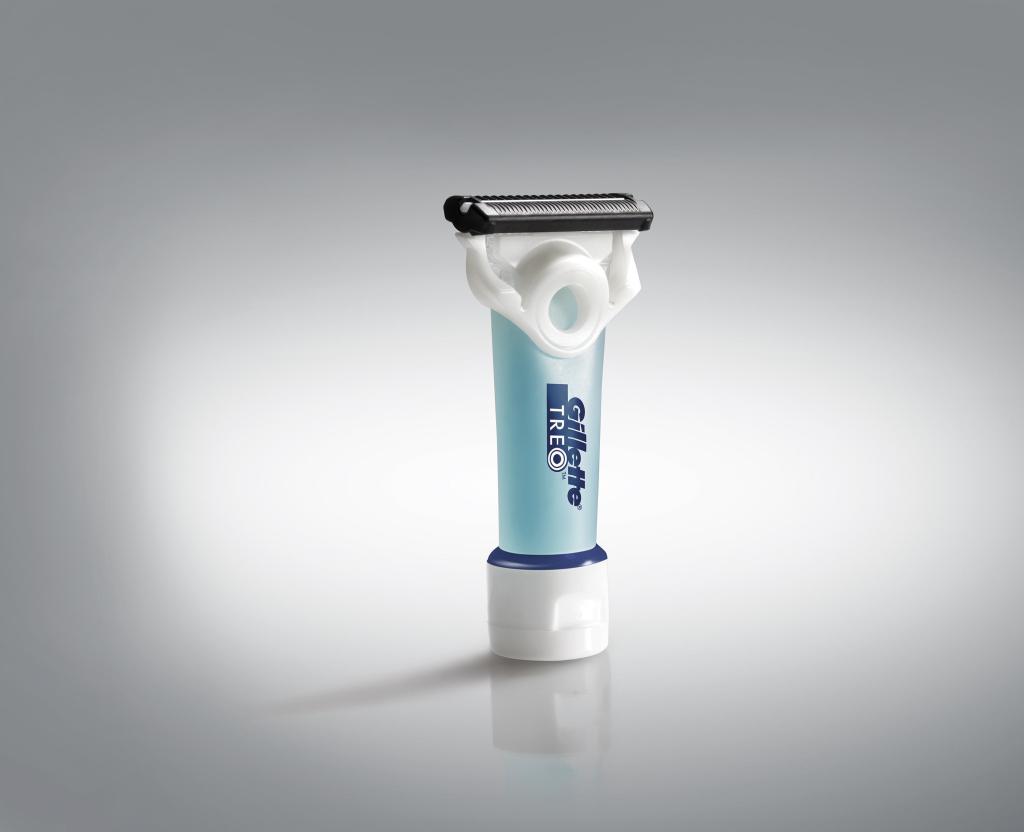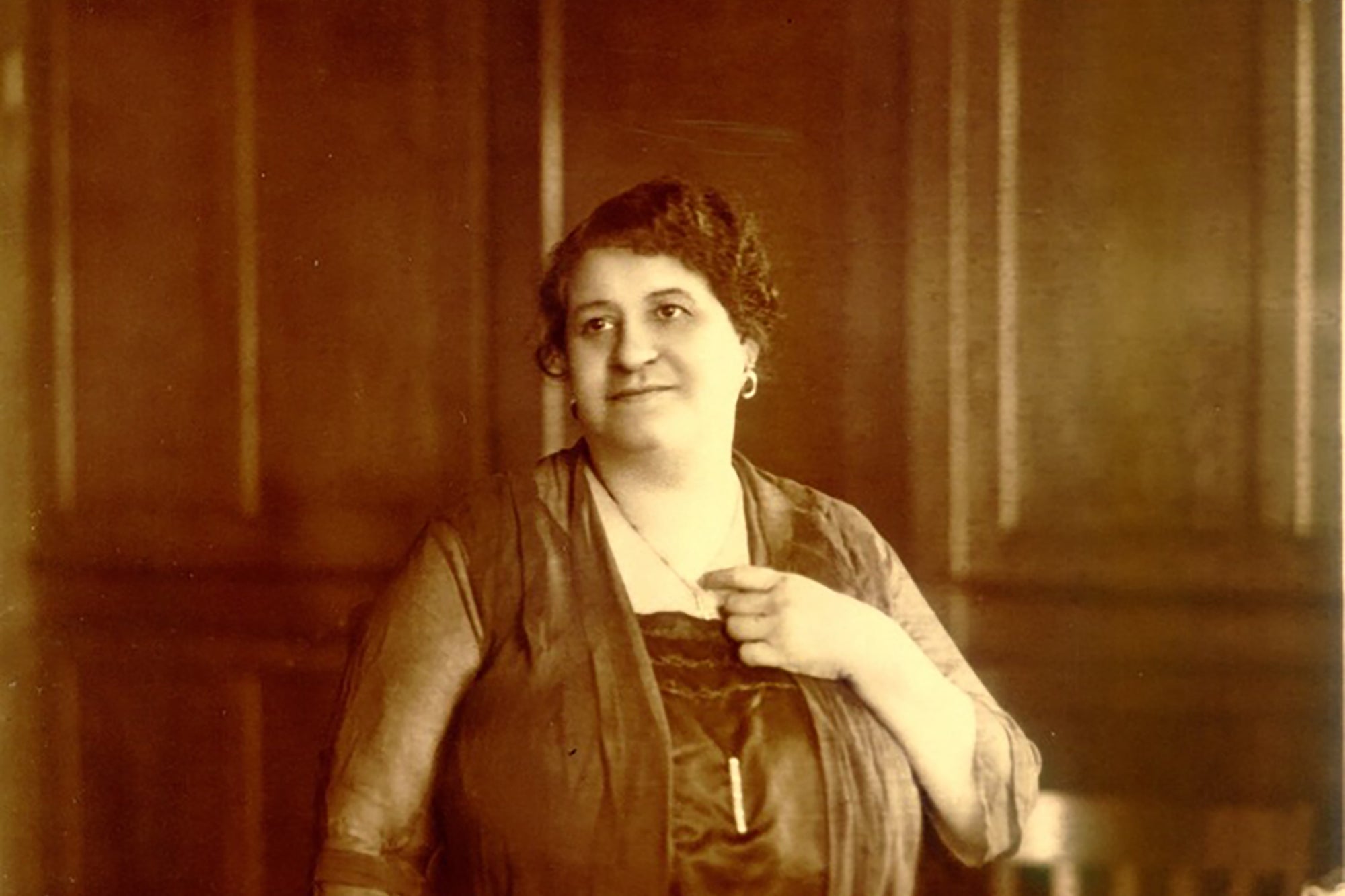By Abha Bhattarai | The Washington Post
Executives at Gillette have for decades defined shaving as a rite of passage.
The company famously mails out free razors – with “welcome to manhood” cards – to millions of men a year on their 18th birthdays. Its ads focus on the experience passing from father to son (sometimes with the help of famous faces like quarterbacks Archie and Eli Manning).
But in recent years, executives have begun to see another milestone emerge in their customers’ lives: the moment when sons begin shaving their aging fathers.
“We started seeing it all over social media – men posting about washing, grooming and shaving their fathers,” said Matt Hodgson, a design engineer at Procter and Gamble, which owns Gillette. “It’s a very difficult and emotional thing to do.”
It turned out there are a number of logistical challenges, too. Those who are bedridden don’t have easy access to running water to rinse blades or wash off shaving cream. Traditional blades are quick to nick delicate skin.
“We’re specialists in developing razors and yet all the products we could find were for shaving yourself,” Hodgson said. “When you turn the razor outward, it doesn’t work as well anymore. It was clear we needed to create something completely new.”
After three years of observation, design and testing, Gillette is preparing to release the first razor built for caregivers to shave others. The Gillette Treo has an extra-wide handle and comes with a tube of clear gel that eliminates the need for running water or shaving cream.
The brand, which is losing younger customers to online start-ups like Harry’s, is looking for opportunities to reach the country’s fastest-growing demographic: Americans 65 and older.
The number of senior citizens in the United States is expected to nearly double by 2050, creating a fast-growing niche for retailers and manufacturers. Best Buy, which is investing heavily in technology for aging adults, is spending $800 million on GreatCall, the tech company behind the senior-friendly Jitterbug phone, which comes with extra-large buttons and screens, and alerts first responders when there’s an emergency. (The acquisition, scheduled to be finalized this fall, would be the largest in Best Buy’s history.) Other companies are creating hairbrushes and combs with extendible handles, toothbrushes with three-sided heads, and sensor-packed shoes that can detect falls, all aimed at elderly consumers and those who care for them.
“The tide is turning: Retailers are starting to realize there’s a big opportunity here that they’re not paying attention to,” said Georganne Bender, a consultant who helps retailers accommodate aging shoppers. “For so long everyone’s been focused on the younger customer, but if you look at the stats, baby boomers still control 70 percent of the country’s disposable income.”

Spending by Americans age 50 and up is expected to rise 58 percent to $4.74 trillion in the next 20 years, according to AARP. (Spending by 25- to 50-year-olds, by comparison, is expected to grow 24 percent.) At the same time, the number of adults taking care of elderly parents is expected to rise steadily in coming years.
“It’s become a gold rush,” said Danny Silverman, chief marketing officer of e-commerce analytics firm Clavis Insight. “Whether you’re a hairbrush-maker or a technology company, you’re thinking about how you can meet the needs of an aging population.”
Retailers around the country are taking steps to make their stores more friendly to older shoppers. CVS has begun adding magnifying glasses to its shelves, while Target has increased the font size on pharmacy labels. Others have started using brighter lights and nonslip, matte flooring in their stores.
“Starting in your mid-60s, you need a lot more light to see,” Bender said. “So many stores are way too dark – we tell them, ‘You’ve got all these people with very deep pockets who can’t see your product.’”
At Best Buy, the focus is increasingly on aging Americans who live at home.
Step one: Make it easier for adults to keep tabs on their aging parents. The company’s Assured Living program, introduced a year ago, uses a network of sensors to alert caretakers to changes in routine.
Did Mom take her medicine? Is she still in bed? Is her room overheated, or her door unlocked? The retailer says cabinet sensors, under-bed sensors, smart thermostats and security cameras can help adults “proactively monitor” their parents’ safety at home. Wearable pendants, meanwhile, can alert caregivers – or emergency workers – when there’s been a fall.
“Part of the target market for us is the frail population: People who are still healthy and living at home, whose health can seriously deteriorate if they fall or if there’s a heat wave,” Hubert Joly, chairman and chief executive of Best Buy, said in a call with reporters last week. He added that the data from those devices could also be useful for medical professionals and insurance providers.
But privacy experts raised concerns about how the personal data is collected and used.
“It’s kind of like the Wild West right now: There are so many types of tracking technology, but nobody has stopped to ask aging consumers how they feel about it or what they want,” said Colin Milner, chief executive of the International Council on Active Aging. “The biggest question when it comes to wearables is, where does the data go? Who has access to that data? This technology is useful but there are also a lot of unanswered questions.”
It is important, others added, that elderly people and their caregivers be able to decide how much monitoring – and data-sharing – they’re comfortable with. Sharing sleep patterns and nutritional habits with medical researchers, for example, may be a good idea.
“But with targeted advertisers? Probably not,” said Irina Raicu, director of internet ethics at the Markkula Center for Applied Ethics at Santa Clara University.
“Sometimes these products are introduced in the context of helping the elderly, but what they really do is normalize the giving up of privacy for all of us,” she said. “In the context of aging adults, safety does sometimes become more important than privacy, but it is important that these are informed decisions.”
Best Buy’s acquisition of GreatCall is bound to draw the same questions. The service, which has nearly 1 million subscribers and annual revenue of $300 million, specializes in easy-to-use devices that can help connect the elderly with caregivers or emergency personnel. In addition to two Jitterbug phones – one with a touch screen, the other a flip phone – the company also makes wearable devices that allow older adults to alert family or first responders in case of an emergency.
On its website, GreatCall says its 5Star urgent-response service regularly collects data on users’ locations, and also tracks medical conditions, medications and other personal information for a variety of purposes, including analysis and research. A spokeswoman for GreatCall said the company has a “strict” privacy policy but declined to comment further.

Real-world testing
It takes Amanda Galasso 12 minutes – and multiple razors and basins of water – to shave each nursing home resident. It is a messy and often painful endeavor, both for her and the men whose faces she is shaving.
“Patients are constantly pushing away my hand, and there are a lot of nicks because the razors pull on delicate skin,” said Galasso, a nursing assistant at Cherry Hill Manor in Rhode Island. “It’s upsetting for everybody.”
Earlier this year, Galasso was one of dozens of caretakers to help Gillette test its Treo prototype. The difference, she says, was immediate: The razor was easy to maneuver, and residents remained calm during their shaves. The best part: It took her just three minutes to shave each patient.
“You think, oh, it’s just a shave, how hard can it be?” the 29-year-old said. “But everything – brushing teeth, trimming nails, washing hair – is that much more difficult when you’re working someone who’s in bed and can’t move around very much.”
That lack of mobility was the first thing Hodgson, of Gillette, noticed three years ago when he began watching caretakers shaving their patients.
“The one thing that struck me right away is that they’re not being shaved in the bathroom,” he said.
There were other issues too: Bedsheets and pillows often ended up covered in shaving cream, and razors were quick to clog up. Patients with Alzheimer’s or dementia were often scared.
“It was all of those things that struck me, that made me realize we can do better,” he said.
He and his team widened the razor’s handle so that it could be held like a paintbrush, making it easier to maneuver around delicate surfaces. They used a cartridge that had been designed for parts of the world with limited access to water, which meant there was less need to rinse out the blade in between strokes. And they added a tube of clear shaving gel the could double as a moisturizer after the shave.
“The clear gel means you can see right through to the skin,” Hodgson said. “You’re not having to guess through a thick white foam.”
The disposable razors – which nursing homes prefer because they’re more hygienic than reusable ones – can also be easily disassembled and recycled, he said.
The Treo is expected to hit store shelves in the coming months. After that, Hodgson said Procter & Gamble plans to look for ways to simplify hair-washing, laundry and ear care for aging adults.
“This is an important and growing market for us,” he said. “The Treo is just our first solution.”










